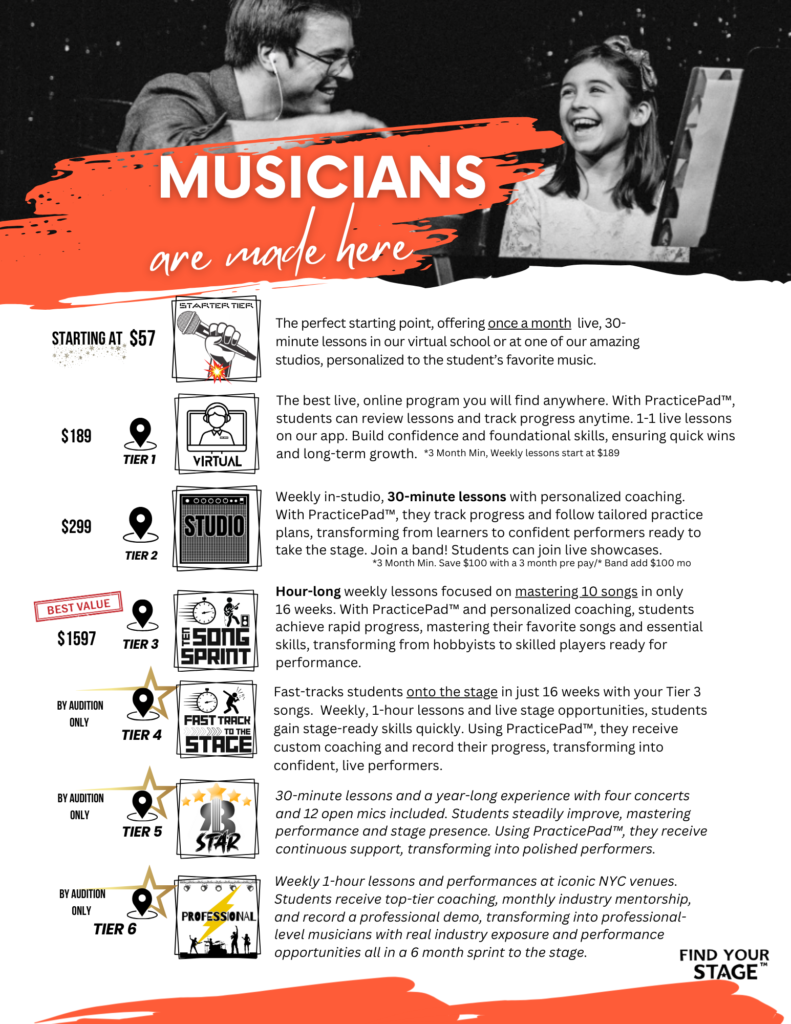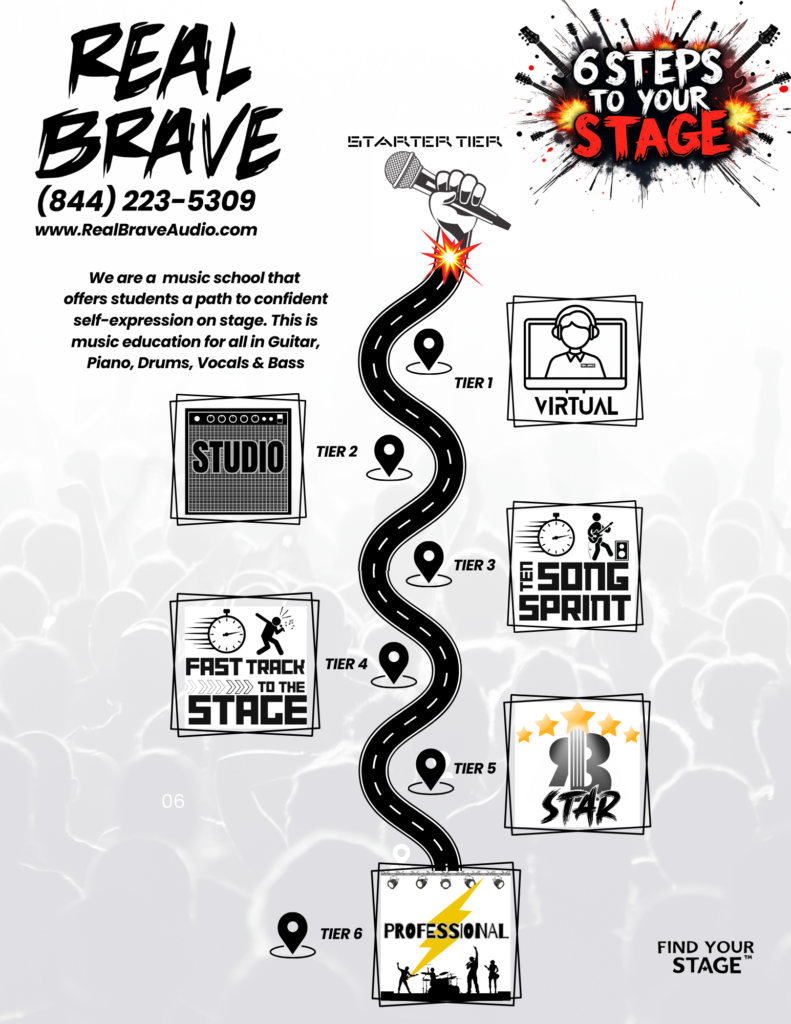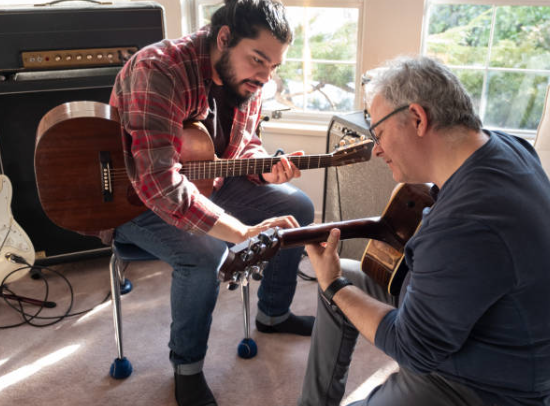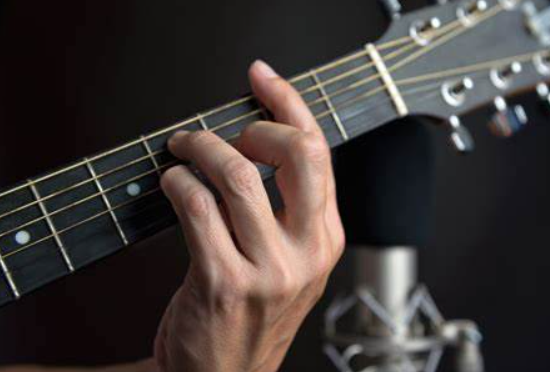Real Brave Queens Pricing
Starter Tier – $57 for ONE 30 minute lesson per month
Tier 1 (Virtual Plan) – $189 per month for weekly 30 minute lessons/$378 per month for weekly 1 Hour lessons
Tier 2 (In-Person/Hybrid Plan) – $299 per month for weekly 30 minute lessons/$598 per month for weekly 1 Hour lessons ($74.75 per 30-minute lesson)
Tier 2 QUARTERLY (In-Person/Hybrid Plan) – $797 per quarter for weekly 30 minute lessons / $1594 per quarter for weekly 1 Hour lessons. ($66.42 per 30-minute lesson)
(*Quarterly Payments are processed on January 1st, April 1st, July 1st, and October 1st)
Tier 3 (10 Song Sprint Program) – $1597 covering 16 weeks of 1 Hour lessons







